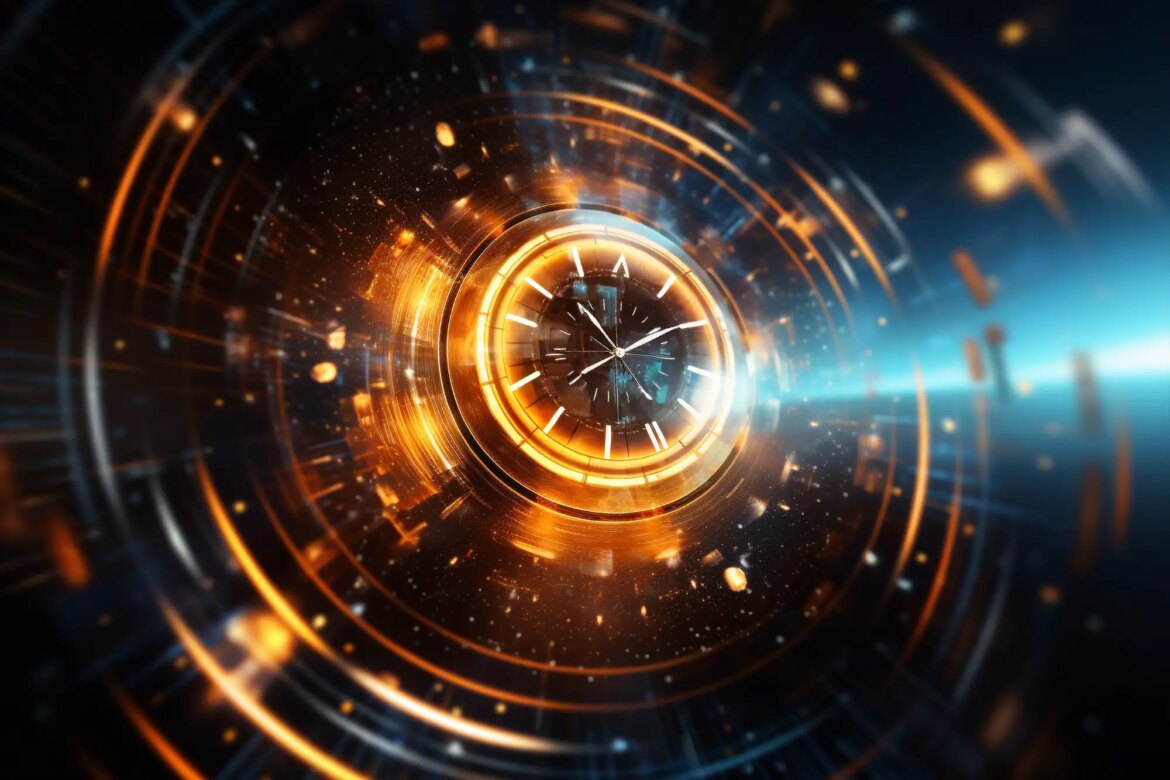Comprehending Attoseconds: The Minuscule Timeframe Driving Nobel Prize-Winning Research
In 2023, three esteemed researchers received the Nobel Prize in physics, an accolade recognizing their pioneering efforts in investigating electrons through the use of attosecond-long bursts of light. These extraordinarily brief light pulses have empowered scientists to observe swift electron motions, particularly during intricate processes like the rupture of chemical bonds.
The 2023 Nobel Prize in physics distinguished three scholars for their contributions to the realm of attosecond light pulses, an innovation that has transformed the study of rapid electron dynamics while advancing our understanding across various domains of physics and chemistry.
A trio of researchers clinched the 2023 Nobel Prize in physics for their groundbreaking work, which has revolutionized the study of electrons by subjecting molecules to attosecond-long bursts of light. However, before delving into why attosecond research garnered the highest recognition in the scientific community, it is essential to comprehend the nature of an attosecond light pulse.
How Brief Is an Attosecond?
The term “atto” is the scientific prefix denoting 10^-18, signifying a decimal point followed by 17 zeros and a solitary digit 1. Consequently, an attosecond, lasting a mere 0.000000000000000001 of a second, represents an exceedingly short burst of light.
Interestingly, the number of attoseconds in one second parallels the number of seconds in the age of the universe, underscoring the extreme brevity of an attosecond.
In contrast to femtosecond (10^-15) light pulses, which allowed scientists to scrutinize the motion of relatively heavier and slower-moving atomic nuclei, attosecond light pulses, with one thousand attoseconds per femtosecond, unveiled the ability to observe electron-scale dynamics. Electrons move at such incredible speeds that they defy scrutiny at the femtosecond level.
Attosecond Pulses
The rearrangement of electrons within atoms and molecules plays a pivotal role in numerous physical processes and constitutes the foundation of chemistry. Consequently, researchers have dedicated substantial efforts to deciphering the intricate movements and rearrangements of electrons.
Nonetheless, electrons exhibit rapid motion during physical and chemical processes, rendering them challenging to investigate. To gain insights into these phenomena, scientists employ spectroscopy, a technique for studying how matter absorbs or emits light. To track electrons in real time, researchers require light pulses shorter than the time it takes for electrons to reconfigure.
Pump-probe spectroscopy, a common method in physics and chemistry, can be executed utilizing attosecond light pulses.
An analogy can be drawn by envisioning a camera capable only of prolonged exposures, lasting around one second. In this scenario, moving objects, such as a person sprinting towards the camera or a bird soaring across the sky, would appear blurred in the captured images, obscuring the details of the events. In contrast, employing a camera with a one-millisecond exposure would yield clear and precise snapshots, resolving previously blurred motions. Similarly, the use of the attosecond scale, as opposed to the femtosecond scale, elucidates the behavior of electrons.
Attosecond Research
What research inquiries can attosecond pulses assist in addressing?
One pivotal phenomenon is the breaking of chemical bonds, a fundamental process where electrons, previously shared between two atoms, disengage and become unbound atoms. This process entails ultrafast changes in the shared electrons, and attosecond pulses have enabled researchers to monitor the real-time cleavage of chemical bonds.
The ability to generate attosecond pulses, the achievement that garnered three researchers the 2023 Nobel Prize in physics, first became attainable in the early 2000s. Since then, the field has experienced rapid growth. Attosecond spectroscopy, by providing shorter snapshots of atoms and molecules, has facilitated the comprehension of electron behavior within individual molecules, encompassing the migration of electron charge and the mechanisms of chemical bond rupture.
On a broader scale, attosecond technology has also found application in the examination of electron behavior in liquid water and electron transfer within solid-state semiconductors. As researchers continue to enhance their capacity to generate attosecond light pulses, they will delve deeper into the fundamental constituents of matter.
Authored by Aaron W. Harrison, Assistant Professor of Chemistry, Austin College.
Adapted from an article initially published in The Conversation.
Table of Contents
Frequently Asked Questions (FAQs) about Attosecond Research
What is the significance of attoseconds in scientific research?
Attoseconds are incredibly brief time intervals, lasting just 0.000000000000000001 of a second, that allow scientists to observe rapid electron movements, providing invaluable insights into various fields of physics and chemistry.
How do attosecond light pulses contribute to understanding electron behavior?
Attosecond light pulses are shorter than the time it takes for electrons to rearrange, enabling researchers to track electron behavior in real time. This technology revolutionizes our ability to study fundamental processes, such as the breaking of chemical bonds.
Why did the 2023 Nobel Prize in physics recognize attosecond research?
The Nobel Prize acknowledged attosecond research as it has fundamentally transformed our understanding of electron dynamics. It has wide-ranging applications, from studying single molecules to examining electron behavior in substances like liquid water and solid-state semiconductors.
Who are the Nobel laureates in the 2023 Nobel Prize in physics for attosecond research?
The Nobel Prize in physics for 2023 was awarded to three researchers whose groundbreaking work in attosecond research revolutionized the field. The laureates’ names and contributions are detailed in the original text.



1 comment
wow, attoseconds, so tiny, nobel prize wow. scientists watch electrons, fast! like camera snap snap. atoms, electrons, chemistry, physics, big discoveries! Nobel!